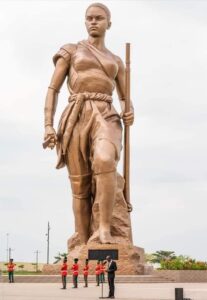Planets were formed about five billion years ago. The Solar System has at least eight planets. The habitable Planet for the thriving of all Human Anatomies is Earth. We bring you all the planets and their features beginning with the furthest Planet in the Solar System away from the Sun, Pluto.
PLUTO
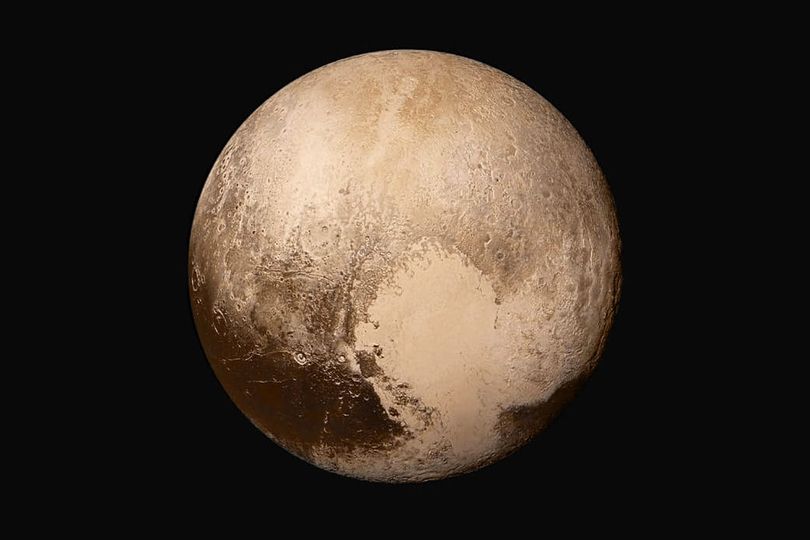
Pluto which was the most recent discovered planet having been seen in 1930, and the smallest planet is no more seen as a planet because it is not gravitationally dominant.
Pluto was once known as the ninth planet after it was discovered in 1930 and furthest from the Sun. Pluto has three moons and has an orbital period of 248 years with a radius of 1,188.3 km.
Astronomers in 2006 claimed Pluto is now a Dwarf planet. These findings by the International Astronomical Union revealed that Pluto is a Dwarf planet because Pluto is a unit of the Kuiper Belt; an Anatomy which consists of remains of ice and remains of rocks from the formation of the Solar System.
NEPTUNE
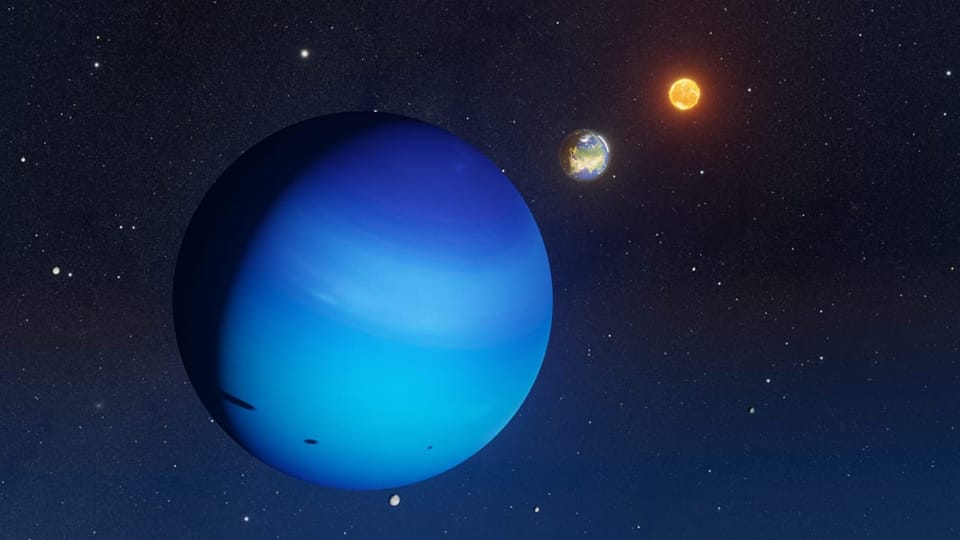
Neptune is the furthest planet from the Sun with a distance of 4.495 billion km. The viewing of Neptune is not observable to the visual system of any Freedom Giant’s Human Anatomy. Neptune was discovered by 3 astronomers by name, Johann Galle, Urbain Le Verrier and John Couch Adams on September 23, 1846.
Neptune is made up of water, ammonia and methane. Neptune has 14 moons and is also 17 times more than the mass of the habitat of Freedom Giants; Earth. Neptune has a Radius of 24,622 km with a surface area of 7.618 billion km². It is very dark as well as windy in Neptune. The winds are the strongest which can reach up to 1,9301 km/h. Neptune also an “Ice Giant” just like Uranus, is extremely cold with a temperature of around -225°C.
When Neptune begun its first orbit in 1846, it completed it in 2011. It takes 165 years for Neptune to orbit round the sun. This means that the next complete orbit will be in 3076 and during that time, Freedom Giant’s great great great grandsons and daughters will be the ones taking control, in the Global Anatomy of our planet, Earth.
URANUS
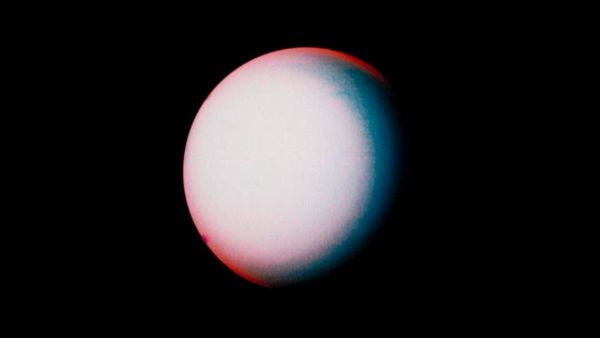
Uranus is the seventh planet from the Sun. Uranus has a core which is rocky in nature and can heat up to 9,000 Degrees Celsius. Uranus’ atmosphere unlike Earth’s made of more nitrogen and oxygen which Freedom Giants live in, is made of hydrogen and helium which makes it impossible for Freedom Giants, to find life there.
Uranus also contains a small fragment of Methane which makes the Planet, bluish in nature. Uranus is about 2.9 billion kilometres from the sun, which is almost 20 times further than Earth’s. If life could have been lived on Uranus by Freedom Giants, a year would have been 84 years even though it takes just 17 hours for a day on Uranus.
Uranus has 27 moons and amongst all planets in the Solar System, has the coldest temperature at -224°C. Uranus also in terms of mass size has the fourth largest Planetary mass amongst all the other planets and the third largest Planetary radius. Uranus has very much of ices like ammonia methane and water. Uranus’ south and north poles are situated where most planets in our Solar System have their equators, rather located.
SATURN
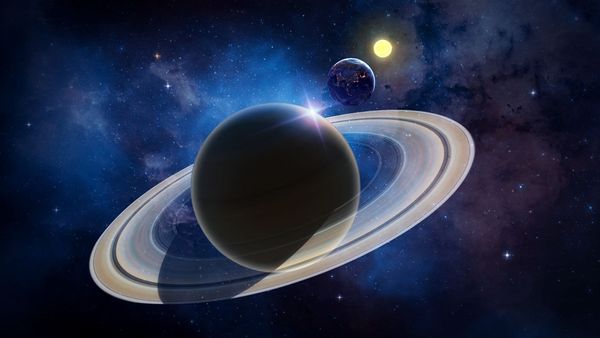
Saturn, a gas giant, is the second largest planet in the Solar System and the sixth planet from the Sun. Saturn is filled with many rings which are made of ice and rocks. Saturn has a yellowish-brown colour when it is viewed from our planet Earth, we all as Freedom Giants, live in.
Saturn is made of a higher percentage of hydrogen and helium. This planet orbits round the sun at an average distance of about 1,427,000,000 km. Saturn has a Radius of 58,232 km. At least 83 moons orbit round Saturn. The Saturnese planet is the only planet, that has its density about 30 percent lesser than water. After Neptune, Saturn has the fastest winds in the Solar System.
Saturn has just about 12.5% of the density of Earth’s. However, because of the huge size of Saturn, the planet is about 95 times very massive than planet Earth. No Freedom Giant or any being can live on Saturn because it is a gas planet composed of gases mostly of 75% hydrogen and 25% helium. There is actually no presence of oxygen for Freedom Giants to breathe and since Saturn also has no solid surface, Freedom Giants will have no habitat to live on.
JUPITER

Jupiter is the fifth planet from the sun and the largest planet in the Solar System. Jupiter has no real surface area. The surface area Jupiter covers is filled with so many gases with an area of 61.42 billion km². It is made up of swirling gases and liquids. Its clouds are made of ammonia and water vapour. A year on Jupiter takes 11. 86 years whilst it has the shortest length of days, amongst all the planets in the Solar system which is 9.93 hours.
The atmosphere of Jupiter has storms that can occur continually for loads of years. The atmosphere of Jupiter is made of hydrogen and helium. The Great Red Spot is an example of a storm that has taken at least 300 years and it goes down in about 300 miles into Jupiter’s atmosphere. The Great Red Spot takes other smaller spots. Scientists believe that the cyclones which drain into the spot, accelerate the speed of Jupiter and its age years.
The Spot on Jupiter is as a result of the huge storms that clash winds that comes, which comes with great speed at 335 miles per hour. Jupiter orbits at 484 miles from the sun. This is 5,203 times more than the distance of the Earth from the Sun. The planet is so big that at least 1,300 Earths can be located in Planet Jupiter.
MARS
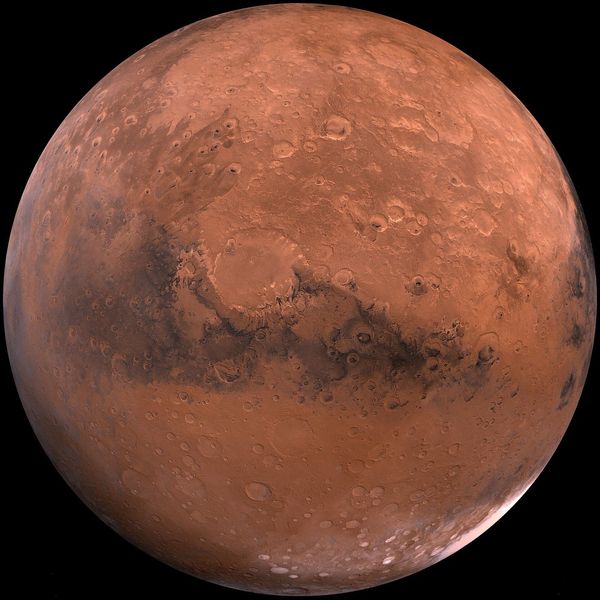
Mars is the forth planet closest to the Sun. Mars in order of largness, is the seventh largest planet in the Solar System. Mars has a radius of 2,106 miles. Mars rotates on its axis approximately like Earth’s which is 24. 6 Earth hours.
Mars orbits at a distance of 228 million km which is about 140 million miles. Mars orbits around the Sun once in every 687 days. The elliptical orbit makes Martian days in the Southern summers shorter with a length of 154 days than in the Northern summer, which takes 178 Martian Days respectively. In 25,000 years to come, reports from Astronomers indicate the Northern Summer will be shorter and warmer than the Southern Summer of Mars.
Mars has no seasons. The size of Mars is larger only than Mercury. The Equatorial radius of Mars is 3,396km. Mars has only 28 percent, the surface area of Earth’s, but because the hydrosphere of The Earth takes about 67 percent, the actual surface of The Earth is similar to that of Mars’ because of the similarities in their land size.
EARTH
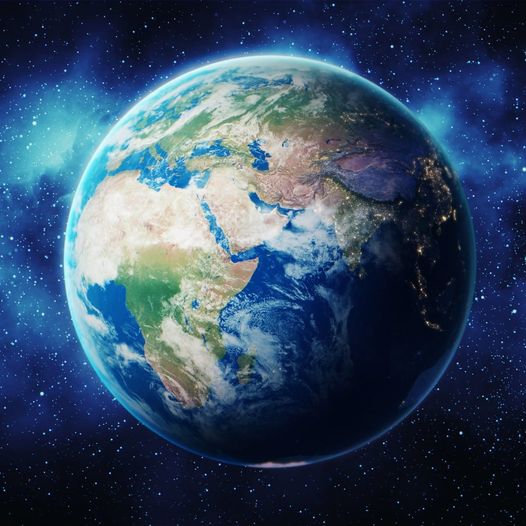
The Earth in which all Freedom Giants and all other sundry live in, is the only planet with the Survival of Maximum Human Life in it. Animals also live only in the earth and the Earth is the only adaptive place of human sufficiency in living because of the right atmosphere, temperature, food and oxygen.
The Earth contains a 100 percent of every sundry within the Global Anatomy.
The Earth is the third closest planet to the Sun and the fifth largest planet in the Solar System. The Earth consists of the Global Anatomy which has a composition of seven different regions namely Asia, Africa, North America, South America, Antarctica, Europe, and Australia. People with the same anatomical features; human beings live in all these regions. Asia is the most populated Anatomy with Antarctica the least populated region for the Global Anatomy.
The Earth which is spherical in nature, has one Natural Satelite which is the moon. The Earth consists of a 78% of Nitrogen, 21 percent of Oxygen and small fragmental portions of gases like water, vapour and argon, methane and carbon dioxide. The Earth is made up of The Core, The Mantle, The Crust, The Hydrosphere, The Magnetosphere and The Atmosphere.
The Core is the denser center of the earth which is very hot. The earth’s core is divided into two separate regions: the liquid outer core and the solid inner core, with the transition between the two lying at a depth of 5,156 kilometers (3,204 miles). The Core is made up of two sections namely the liquid outer core and the solid inner core. Heat which was derived when the earth was being formed and still not lost, frictional heating leading to the decay of radioactive particles which brings about deep heat are all causes for the very deep heat within the center.
The mantle is the solid base of the Earths interior and it is between the the outer core and the crust and takes an 84 percent volume, of the total share of the Earth. The mantle is mostly solid rock and consists of the lower and upper mantle.
The hydrosphere is the mass of water a Planet has. The hydrosphere also covers about 70 percent of the earth’s surface. The Earth’s hydrosphere includes water on the surface of the earth packed in oceans, rivers and lakes. Some also are below the ground as ground water in wells and aquifers. Theres also frozen water which is known as th cryosphere which is made of ice.
The Crust is the outermost layer of a terrestrial planet and with our Earth, it is the outermost layer of Earth. The crust is made up of solid rocks and minerals. The Crust of the Earth is made up of the oceanic crust and continental crust.
The distance of The Earth from the sun is about 149,600,000 km which is 92,960,000 miles. The Earth orbits round the sun, in 365 days whilst the Earth rotates fully every 24 hours. The Earth’s equatorial radius is 6, 378 km.
The Magnetosphere is the area of space encompassing the Earth which is dominated by the Earth’s magnetic field. The atmosphere is not only the air Freedom Giants and everyone breathes which of course is the same, but is also the layer of gases retained by the Earth’s Gravity, encompassing the Earth.
VENUS

Venus which comes after Mercury in order of planets nearer to the Sun, is the hottest planet with surface temperatures around 475°C. Venus is the second planet which is closest to the Sun, in the Solar System. Venus is mostly termed as The Earth’s twin because of its similarity in density and size. Freedom Giants will want to know more about this Planet and what makes it different from Planet Earth.
Venus is encompassed with Cafbon Dioxide full of yellowish clouds, that trap heat. These clouds are made of sulphuric acid. Freedom Giants will come to think of it, how come Venus is the hottest planet even though Mercury is the closest planet to the Sun. This is because of the extreme concentration of Carbon dioxide in the atmosphere of the planet. The surface of Planet Venus has a rusty colour with thousands of huge volcanoes.
Venus rotates backwards on its axis unlike Earth. The Sun rises on Venus in the West and sets in the East. The Planet Venus was explored in 1962 by NASA’s Mariner 2, whilst The Soviet Union’s Venera 7 spacecraft was the first spacecraft to land on another planet in 1970 which is Venus. Post then, a couple of spacecrafts have explored Venus. Venus orbits at a distance of around 108 million kilometres.
Venus rotates also very slower than the Earth and it takes Venus takes 243 days for it to rotate on its axis and it takes 225 Earth Days for the planet to complete a year. Heat is trapped in the atmosphere of Venus making it’s temperature to be very extreme. One third of the surface of Venus is covered with about six mountains.
Venus also has a small percentage of nitrogen thus 3 percent in its atmosphere as compared to nitrogen, which takes about 96 percent of the atmosphere in Venus. Venus is the brightest Planet in the Solar System. The dense atmosphere in Venus, also traps heat which creates a runaway greenhouse effect, that warms the Earth.
MERCURY
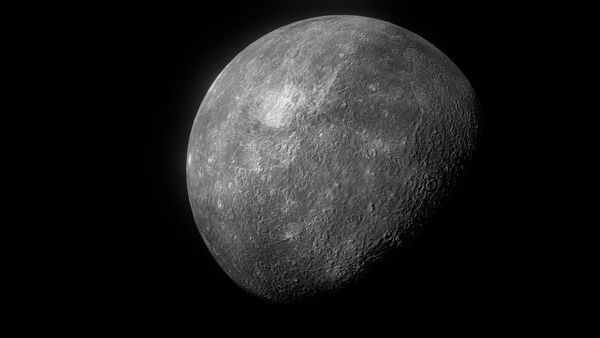
Mercury is a planet in the Solar System and is the closest planet to the sun. Freedom Giants will Love to know more about this planet. The Planet was recorded around 3,000 BC by the Sumerians. No one is recorded with the discovery of Mercury. Mercury has a darkish and gray rocky surface with a thick layer of dust.
Mercury’s diameter is 3,032 which just a little bit further after taking a third of the size, of Planet Earth. Without even using a binocular or telescope, one can have a view of the Planet, in the night sky. Mercury has no satelites. This planet’s orbit around the sun takes almost three months; thus 87. 97 days. The temperature of Mecury varies at night and also during the day. During the Day, the planet’s temperature is from 100K and goes to 700K at night whilst at the equatorial region, the temperature is at a constant one, at 180K. A day on Mercury is 58. 65 Earth days because Mercury rotates on its axis slower than earth which takes 24 hours to rotate. The surface gravity of Earth is about 38 percent of that of Earth’s. Any Freedom Giants’s anatomy which weighs 100 pounds on earth will weigh 38 pounds on Mercury.
Mariner 10 and Messenger are two Space Aircrafts that have flew to Mercury before. Mariner did so in 1974 and 1975 whilst a Messenger did so in 2004. Mercury has an equatorial radius of 2, 439.7 km. Mercury has no atmosphere and therefore experiences no storms, clouds, winds or rains. During the day, Mercury has a usual temperature of 801 Fahrenheit and during the nught, it is usually around -279 Fareinheit.
Even though no one lives in Mercury and can live in Mercury because of the extreme temperatures, it is very essential for Freedom Giants to be aware of Mercury since it is a planet in the Solar System, we are all living in.
AFRICAN VOICES INTERNATIONAL, FREEDOM IN AFRICA










